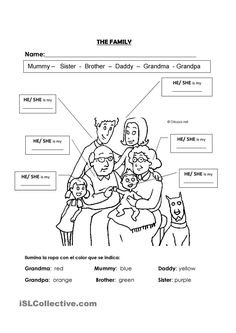you Will find, when speaking or writing, that nouns can often be replaced by pronouns when it is clear who or what is being referred to. For example, look at the following sentence.
Paul dropped Paul's pencil on the floor beside Paul's sister's locker. Paul's sister quickly picked up Paul's pencil and gave Paul's pencil to Paul.
we find it less clumsy and less repetitive to write as follows:
Paul dropped his pencil on the floor beside his sister's locker. she quickly picked it up and gave it to him.
There is no confusion as we know that 'his' refers to Paul's; 'She' is clearly his sister, 'it' is clearly the pencil: 'him' replaces Paul.
personal pronouns have different forms. These are:
a. PERSON
The pronoun May refer to:
(i) the person speaking (1st person)
(ii) the person or thing spoken to (2nd person)
(iii) the person or thing spoken of (3rd person)
b. NUMBER
the pronoun May refer to one or more than one person or thing.
(i) only one _ singular
(ii) more than one _ plural.
c. CASE
(i) A pronoun May stand in the place of the subject of a verb......subject pronoun.
(ii) A pronoun May stand in the place of a noun directly or indirectly affected by the verb. ....object pronoun
(iii) A pronoun May show possession by a person or thing......possessive pronoun.
Possessive have two forms:
mine, yours, hers, ours, theirs, when used as nouns.
example: it is ours. Those are theirs. I bought mine. Where is hers? is that his? tell me about yours.
MY, your, its, his, her, our, their, when used as adjectives.
examples: it is our House. Those are their Exercise books. i bought my car. Where is her dress? is that his pen? tell me about your Experiences.
NOTE
the same form can be used as adjecti ve or noun in the case of 'his'
ve or noun in the case of 'his'